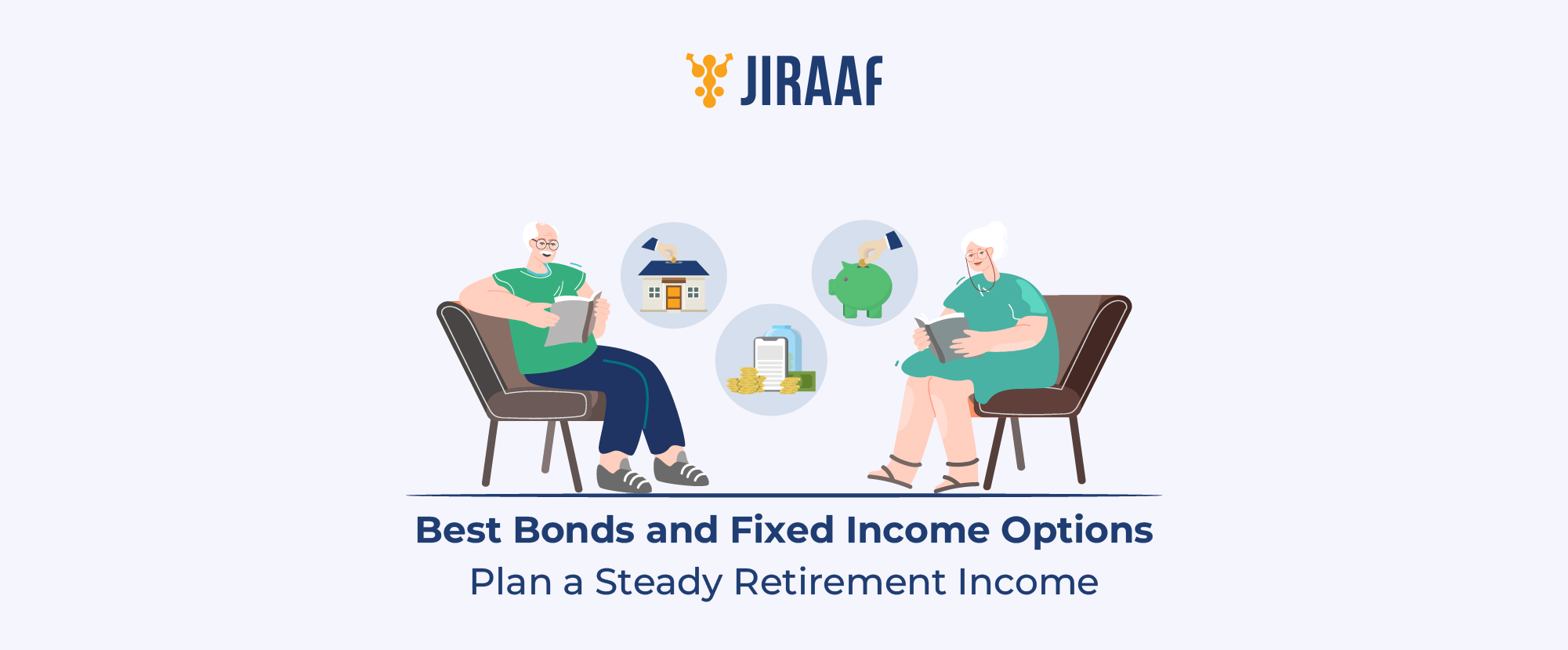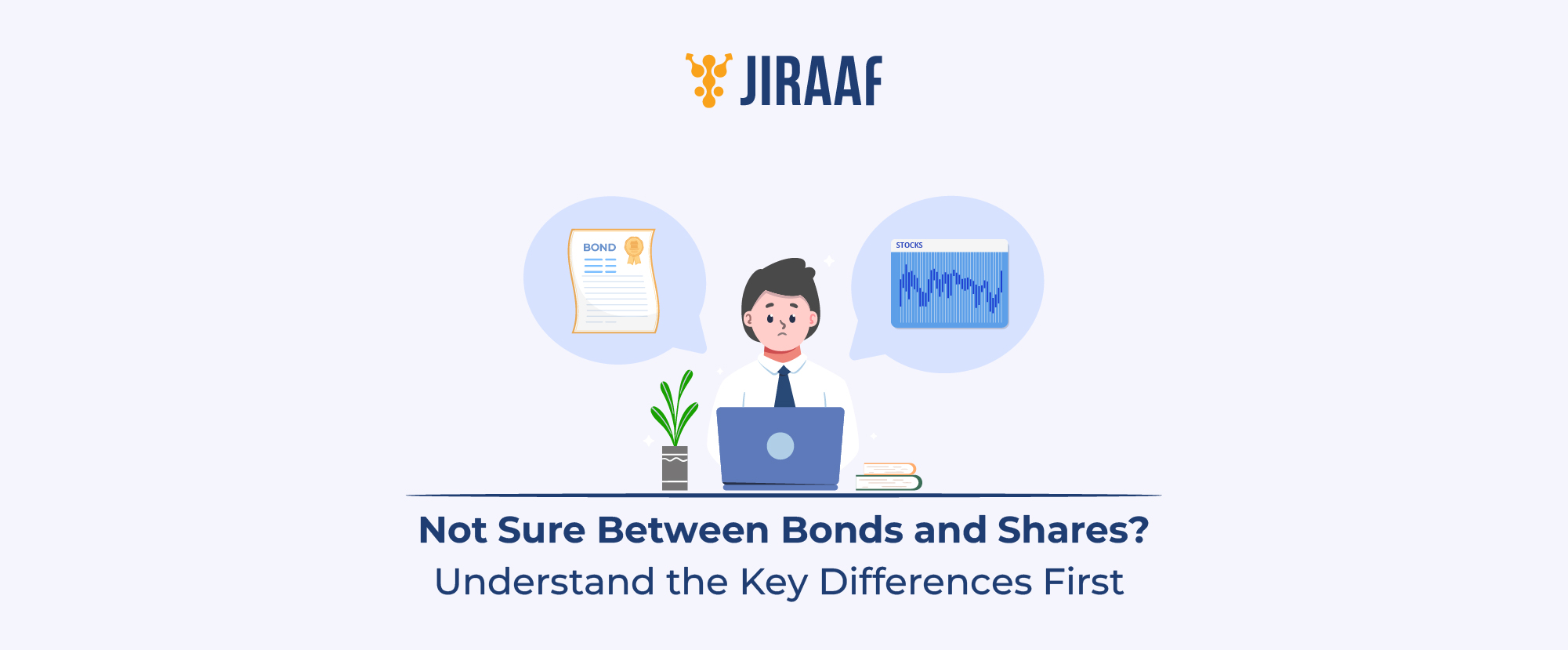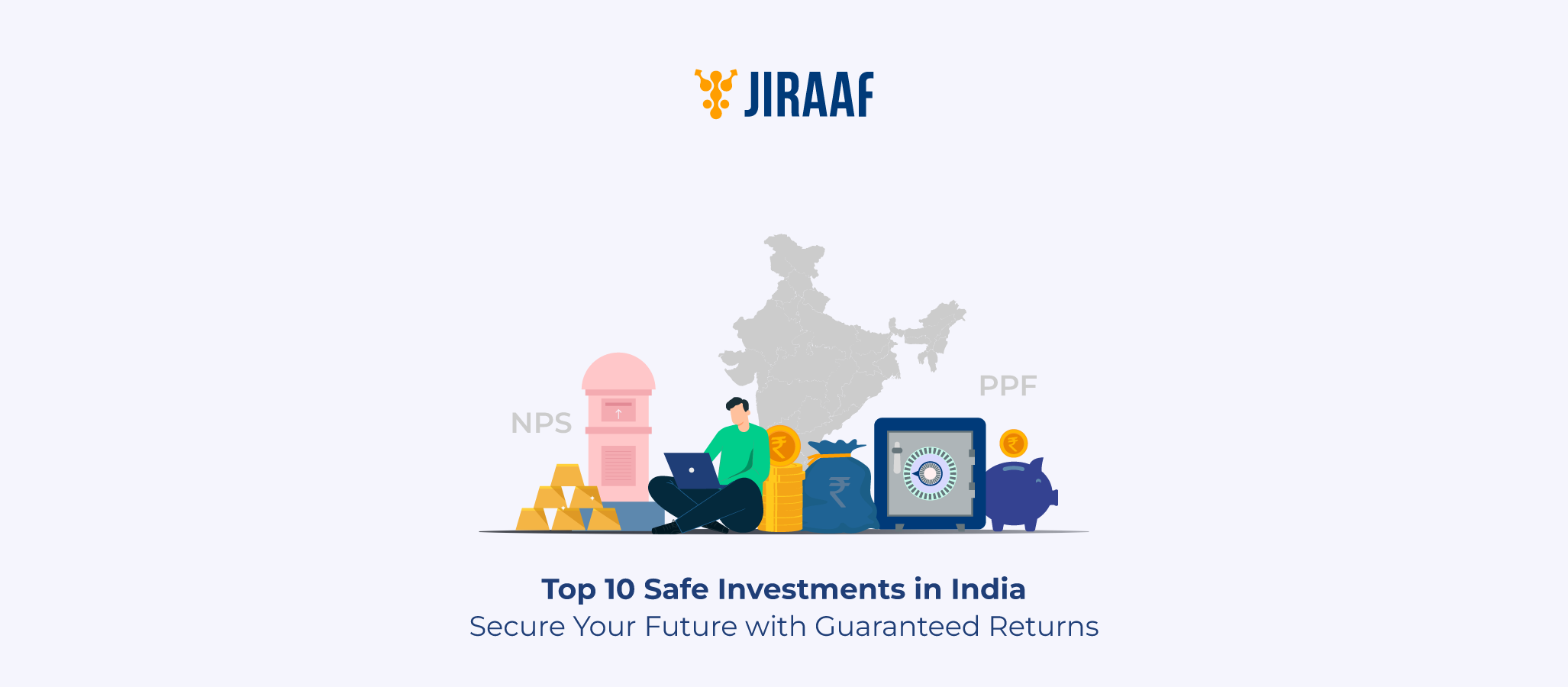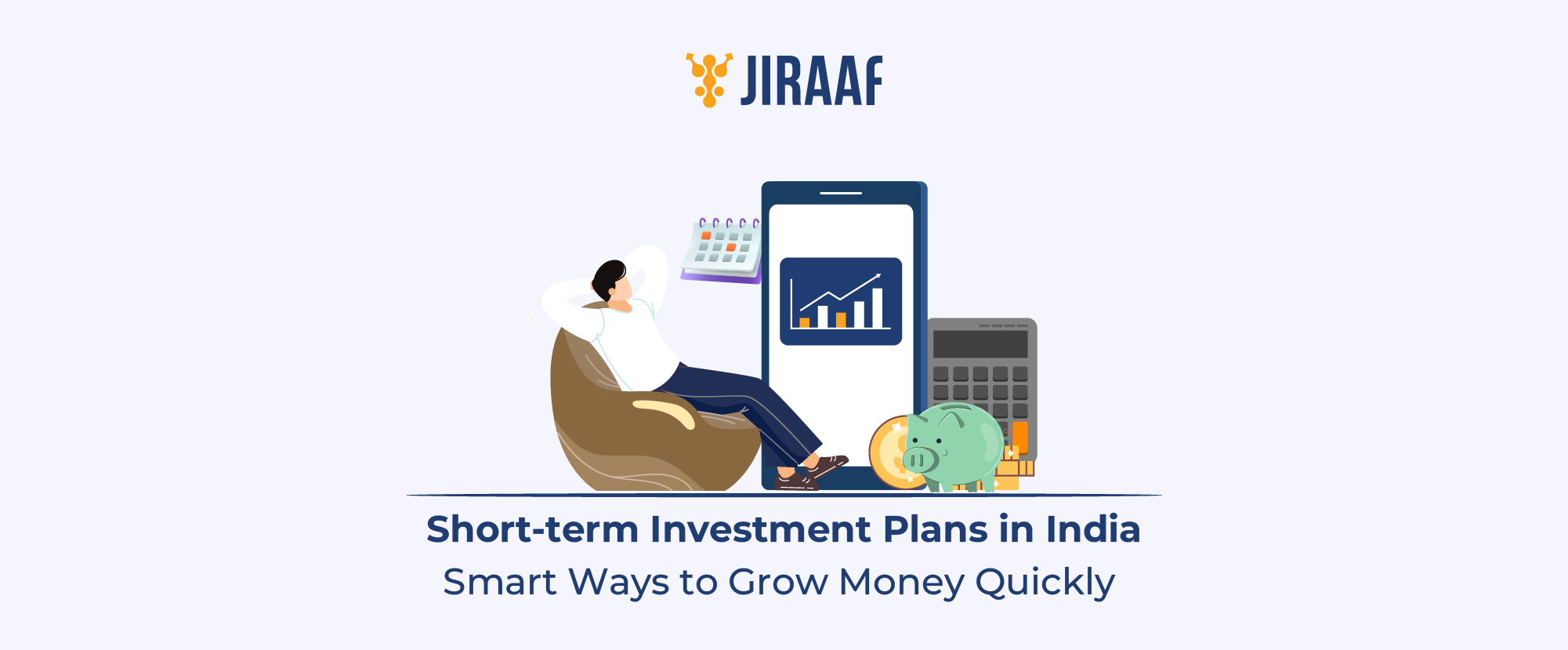If you are looking to park your emergency fund or save for a specific goal, you need stability and predictable returns from your investments. In the debt market, several options offer more safety than equity or gold. One of the simplest choices of the lot is a fixed-rate bond.
This debt instrument gives investors the certainty of returns regardless of the market conditions. It helps beat inflation while generating a consistent stream of passive income.
Whether you’re an HNI looking to diversify your wealth, or a beginner exploring fixed-income investments beyond traditional FDs, fixed-rate bonds provide a lucrative middle ground option between safety and returns.
In today’s blog, we will discuss what fixed-rate bonds are, their features, examples, and much more. Let’s go ahead.
What are Fixed-Rate Bonds?
Fixed-rate bonds are debt securities that offer investors with predetermined coupon payments throughout their entire investment tenure. Since investors know exactly what returns they will receive, these instruments become powerful tools for financial planning and goal-based investing.
Fixed-Rate Bonds Meaning
Fixed-rate bonds offer specified interest payments and return of the principal amount at maturity. Unlike other investment instruments, these bonds assure investors with the certainty of returns. Fixed-rate bonds are generally issued by the government, public sector companies, or private firms.
Each set of fixed-rate bonds carries a different level of risk, depending on the issuer’s creditworthiness. Investors are free to choose from a variety of fixed-rate bonds with maturities ranging from a few months to 30 years.
Investors often pick these bonds for steady, inflation-beating returns. But if inflation rises above the fixed coupon rate, their ability to protect real returns becomes limited.
How Fixed-Rate Bonds Work
When organizations issue these bonds, they provide detailed outlines of the interest payments to the bondholders.
Bondholders continue to receive specified fixed returns throughout the investment period. However, if an investor wishes to sell their bonds before maturity, they can do so by selling the bonds in secondary market. This secondary market trading feature provides additional liquidity to these bonds but also introduces price volatility.
This balance of steady income and market flexibility is what gives fixed-rate bonds their unique appeal. Now that you know how fixed-rate bonds work, let’s look at the features that make them stand out.
Features of Fixed-Rate Bonds
Fixed-rate bonds have multiple features such as they give higher returns than a traditional FD or a high-yield savings account. But let us look at the two primary features that make these bonds unique.
Interest Rate Stability
The most attractive feature of fixed-rate bonds is their certainty. Once these bonds are purchased, the rate of return will remain constant regardless of market fluctuations. This feature pulls investors who want to park their money in stable and fixed investments.
Maturity and Tenure
Fixed-rate bonds come with multiple maturity options ranging from one to thirty years. Knowing when the bond is maturing helps investors in meeting their liquidity requirements and avoid premature withdrawals that could result in losses.
Fixed-rate bonds with longer tenures usually pay higher interest to compensate for the extended lock-in of capital, rewarding investors who are willing to wait.
But like any other investment, fixed-rate bonds have drawbacks too. Knowing these cons helps investors make better decisions.
Disadvantages of Investing in Fixed-Rate Bonds
- Lower Returns in Rising Interest Rate Environments: When market interest rates rise, fixed-rate bonds become less attractive as newer issuances offer higher rates. This results in capital losses if the investment is sold before maturity.
- Limited Liquidity: Unlike stocks or mutual funds, fixed-rate bonds in India have limited secondary market trading. Government-issued bonds are relatively more liquid, but corporate bonds still see low trading volumes. As a result, exiting before maturity can be difficult.
- Opportunity Cost: By locking into fixed rates, investors can miss opportunities to earn higher returns if better investment options emerge or interest rates rise substantially during the bond’s tenure.
Examples of Fixed-Rate Bonds
Fixed-rate bonds are issued by various types of companies, organization and governments. Each bond offers different risk-return profiles based on the issuer’s creditworthiness. Let’s take a look.
Government Bonds
Government fixed-rate bonds include Treasury Bills (T-Bills), Government Securities (G-Secs), and State Development Loans (SDLs). These securities are all backed by a sovereign guarantee, making them very low risk instruments. These bonds typically offer lower yields (6.5%-7.5%) but offset these lower returns by providing stable and fixed returns.
Unlike corporate bonds, government fixed-rate bonds carry very low default risk, making them ideal for emergency fund parking and portfolio diversification. They serve as benchmark rates for other debt instruments and provide stability during economic uncertainties.
Corporate Fixed-Rate Bonds
Corporate fixed-rate bonds are issued by companies to fund business expansion, working capital requirements, or refinancing existing debt. These bonds typically offer higher yields (7%-12%) compared to government bonds but carry credit risk based on the issuer’s financial health.
Unlike government bonds, corporate fixed-rate bonds require careful credit analysis and rating assessment. They provide opportunities for enhanced returns while maintaining debt instrument characteristics. These bonds are ideal for investors seeking high yield returns with manageable risk levels.
Now that we have discussed what fixed-rate bonds are, its features and disadvantages, the next question that arises is, who can issue these bonds in India?
Who Issues Fixed-Rate Bonds in India?
Government of India
The central as well as the state governments issue fixed-rate bonds through the RBI. These bonds include Government Securities, Treasury Bills, and special bonds for infrastructure financing. These issuances help fund fiscal deficits, developmental projects, and the implementation of monetary policy, while providing very low investment options for investors.
Public Sector and Private Corporations
Public sector undertakings, such as NTPC, REC, and PFC, regularly issue fixed-rate bonds for project financing. Private corporations also issue debt instruments across various sectors to meet their capital requirements. Both categories undergo credit rating processes, helping investors assess risk levels and make informed decisions based on creditworthiness evaluations.
Why Invest in Fixed-Rate Bonds?
Benefits
- Salary-like Income: Fixed-rate bonds provide certainty of fixed interest payments on the principal amount.
- Portfolio Diversification: These bonds typically have low correlation with equity markets. As a result, fixed-rate bonds help in reducing overall portfolio volatility and providing stability during market downturns.
- Capital Preservation: High-quality fixed-rate bonds protect principal amounts, making them ideal for conservative investors looking to park their corpus for a while.
- Tax Efficiency: Most fixed-rate bond interest income is fully taxable as per income tax slabs; some government bonds offer favorable capital gains treatment but no blanket tax exemptions.
Risks and Considerations
- Interest Rate Sensitivity: Bond values fluctuate inversely with interest rates. This can cause capital losses if the investor sells their bond before maturity during rising rate environments.
- Credit Risk: Some corporate bond issuers with lower credit ratings can face financial difficulties. This can affect interest payments or principal repayment.
- Liquidity Constraints: Some bonds may have limited secondary market trading and make quick exits challenging without price concessions.
How to Invest in Fixed-Rate Bonds in India
Online bond platforms like Jiraaf offer curated fixed-rate bond selections with deliberate analysis and simplified investment processes to make institutional-quality opportunities accessible to retail investors.
Additionally, stock exchanges provide direct access through NSE and BSE platforms, allowing investors to participate in primary issuances and secondary market trading.
Conclusion
Fixed-rate bonds are suitable for conservative investors who want higher returns than a traditional FD or a high-yield savings account, without risking their capital. Investors seeking to meet specific financial goals can also park their corpus in these bonds, as they provide the certainty of return until maturity. The key with fixed-rate bonds is to match the bond’s characteristics with your financial goals, risk tolerance, and investment timeline.









